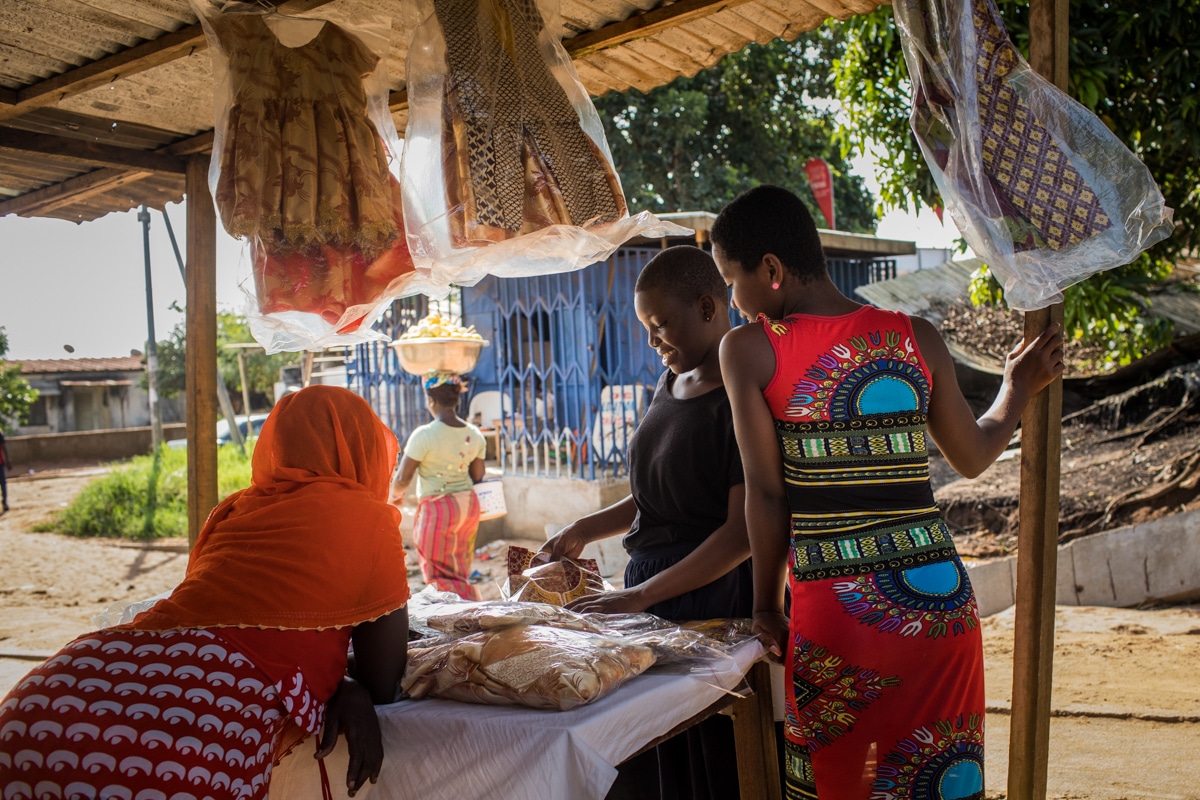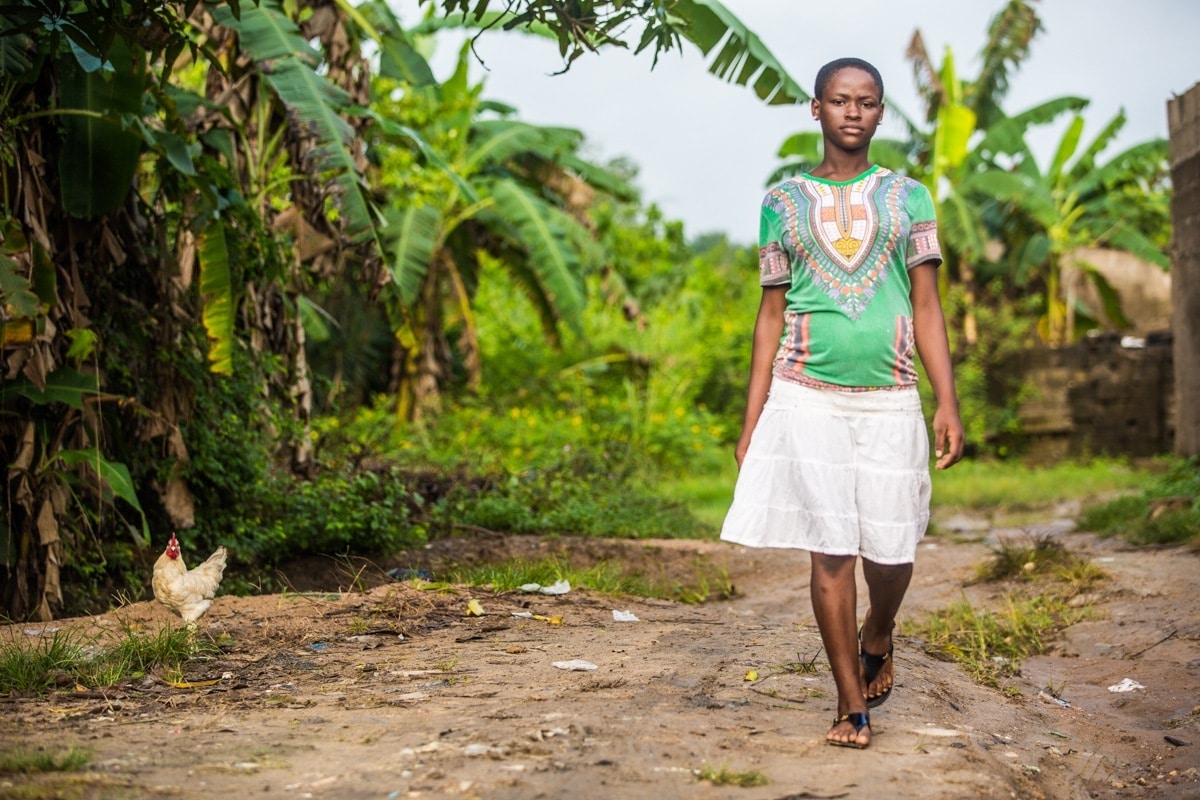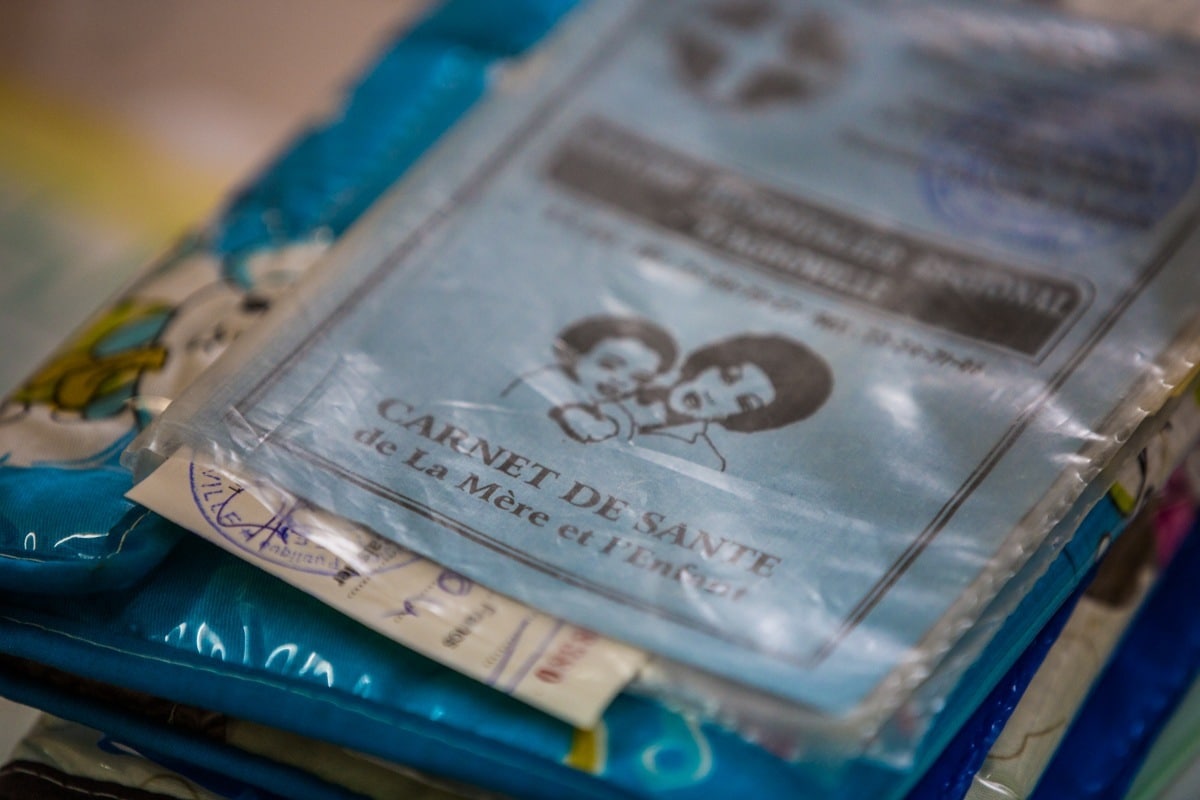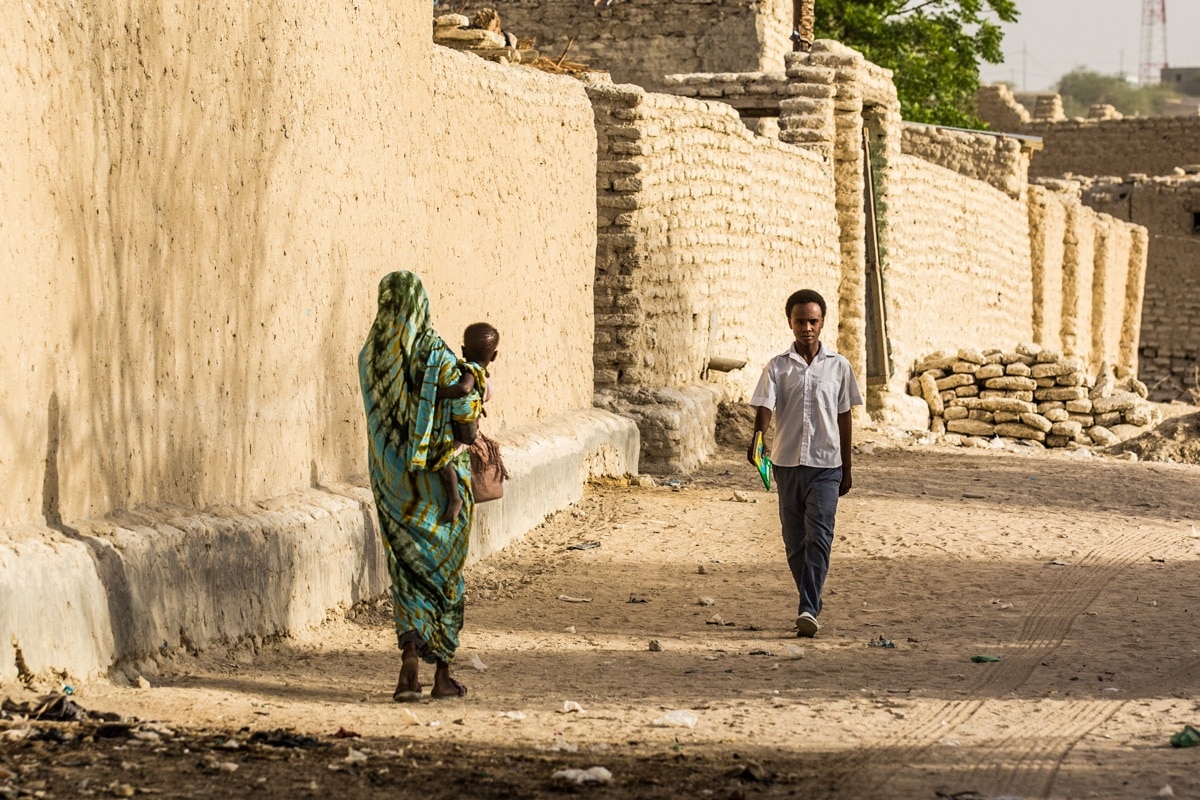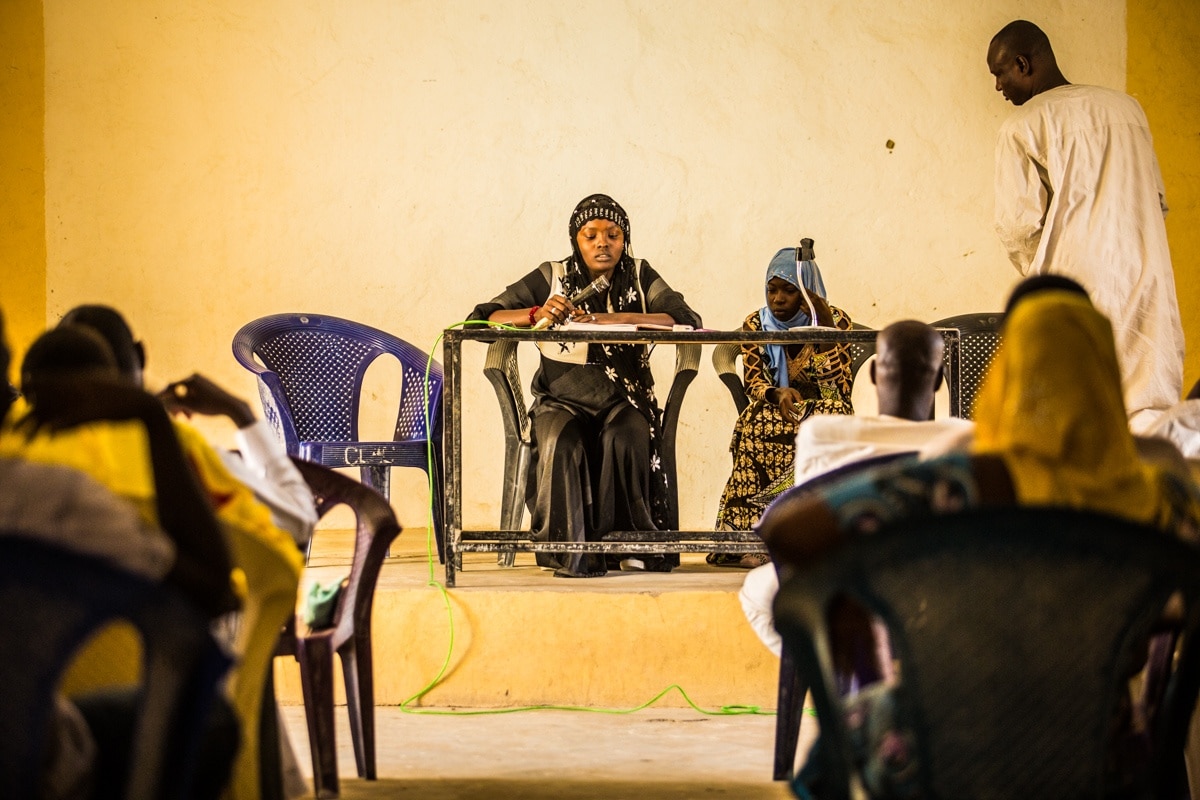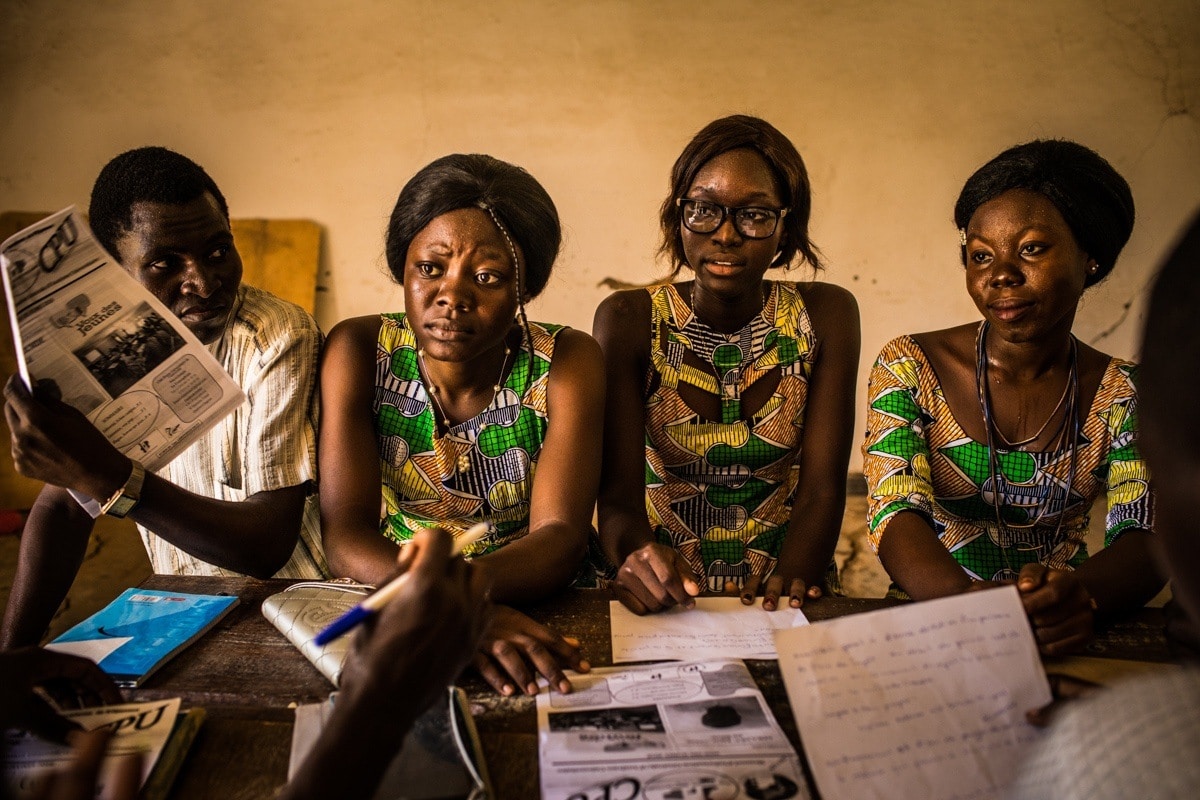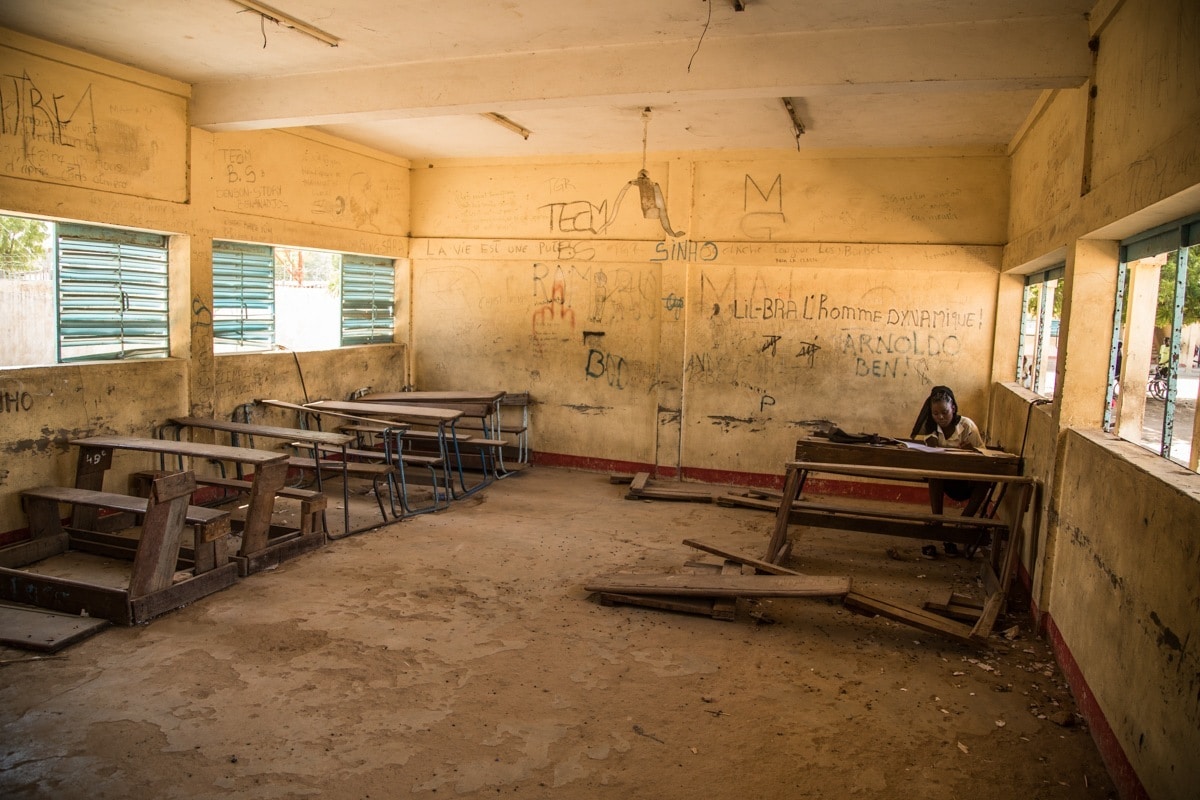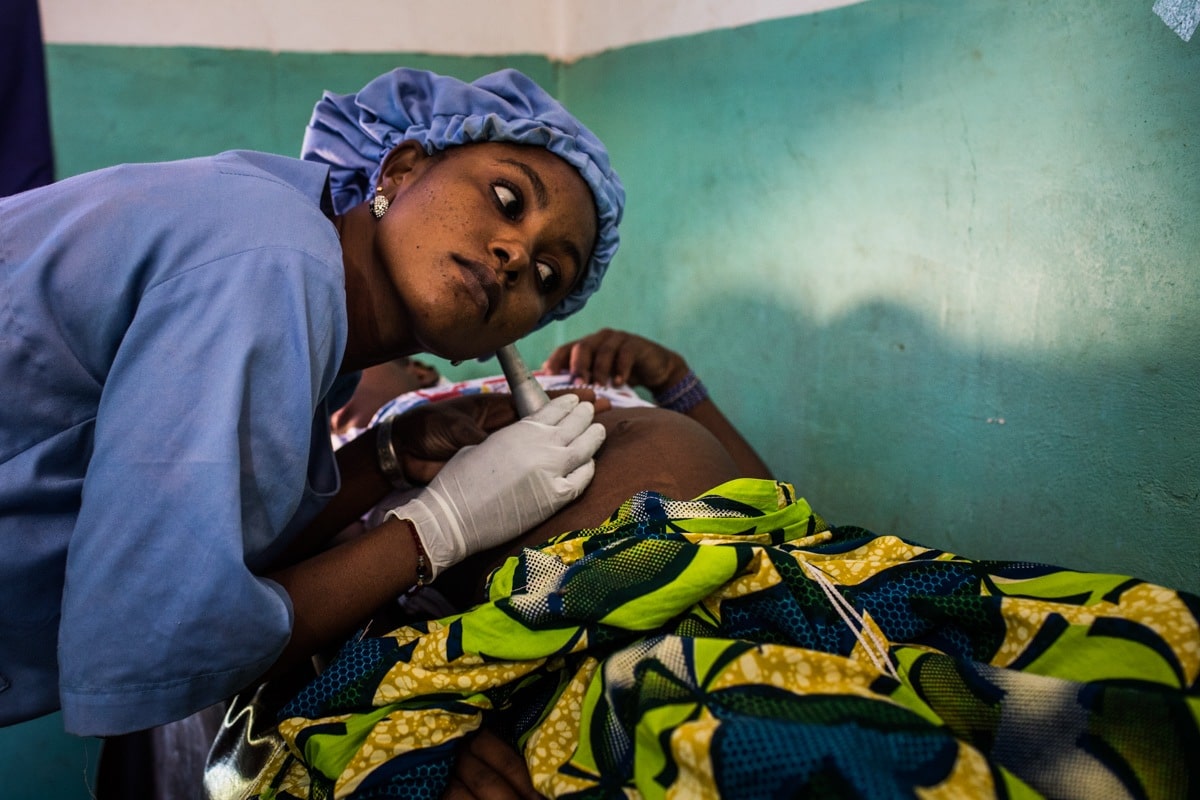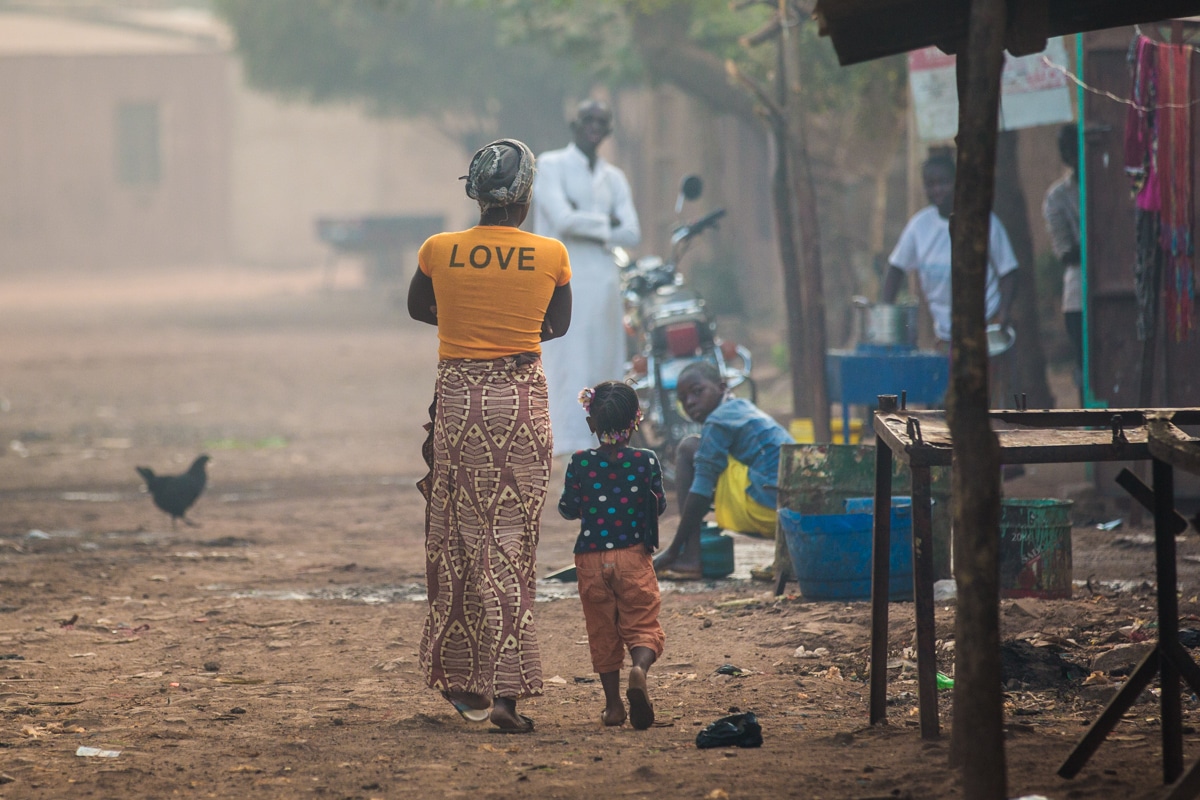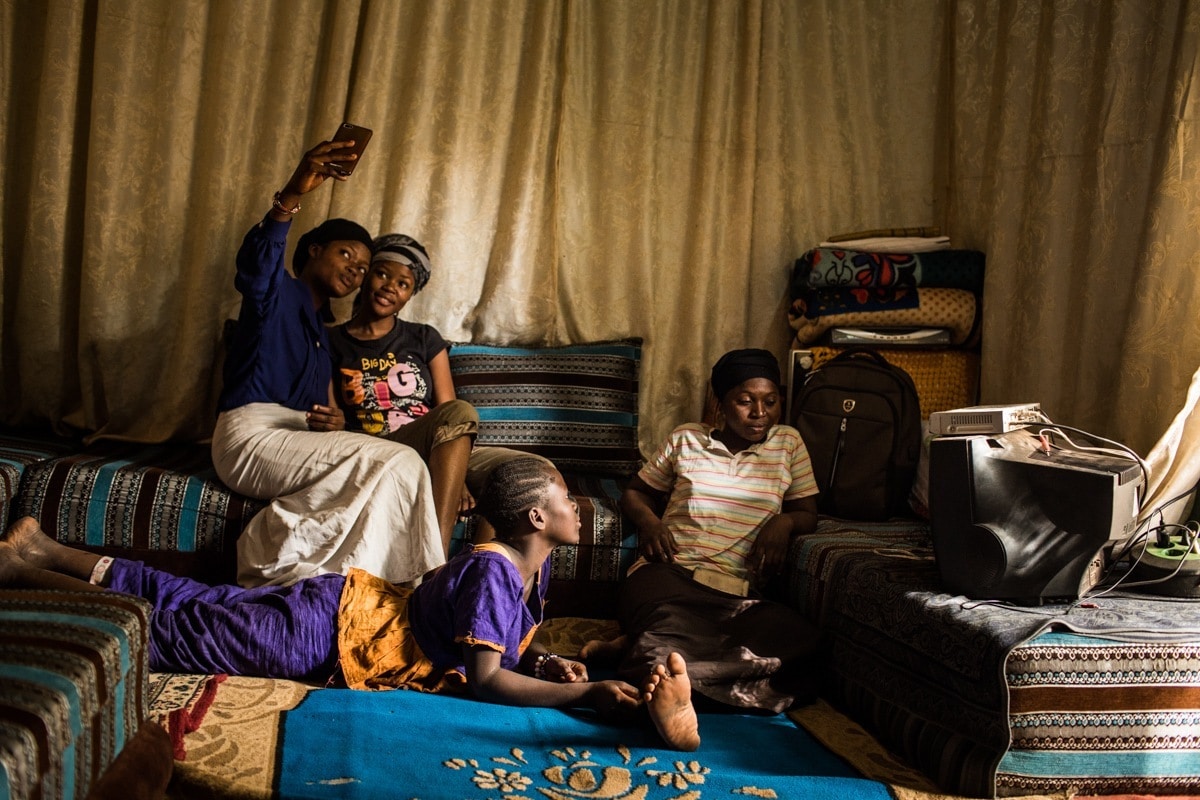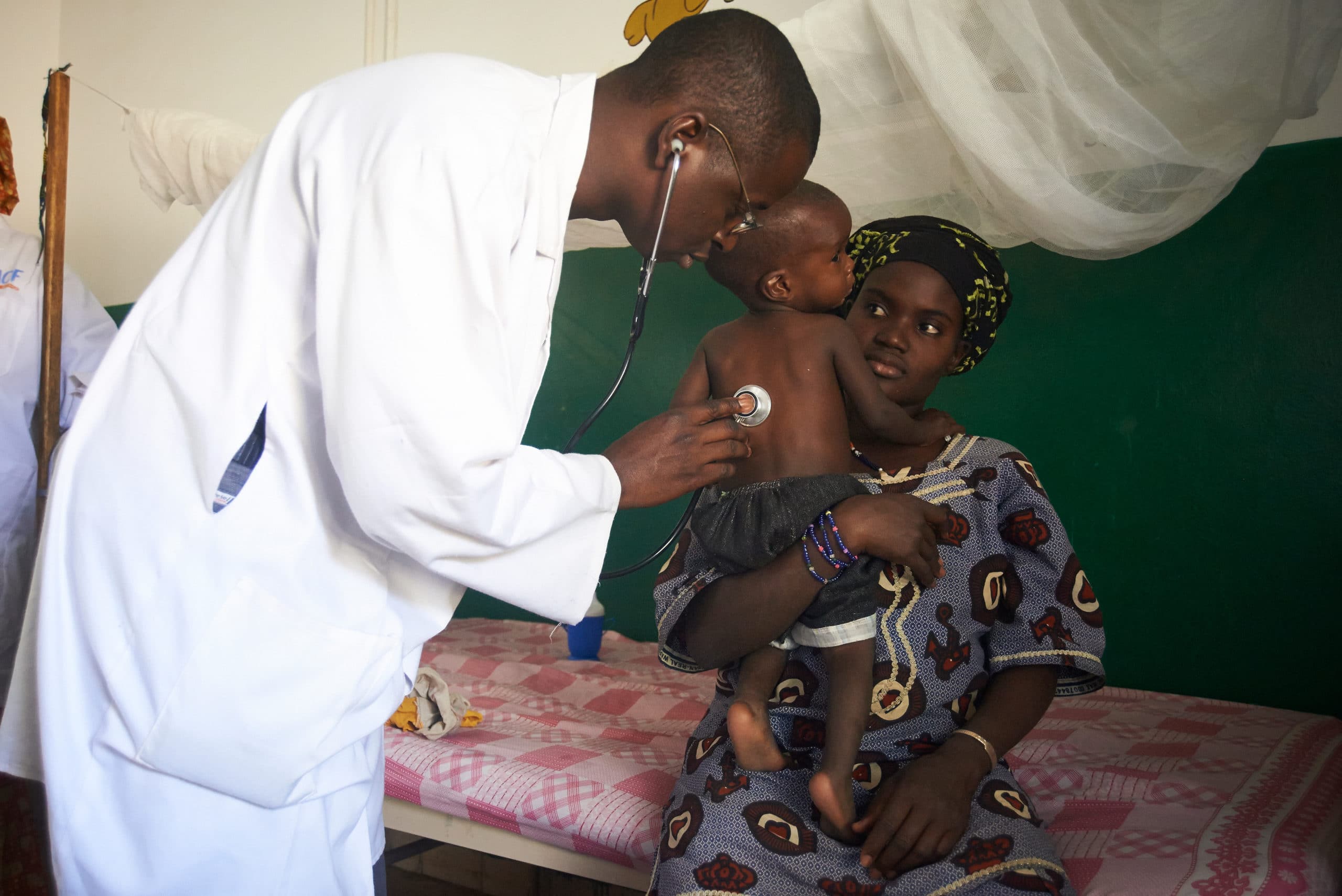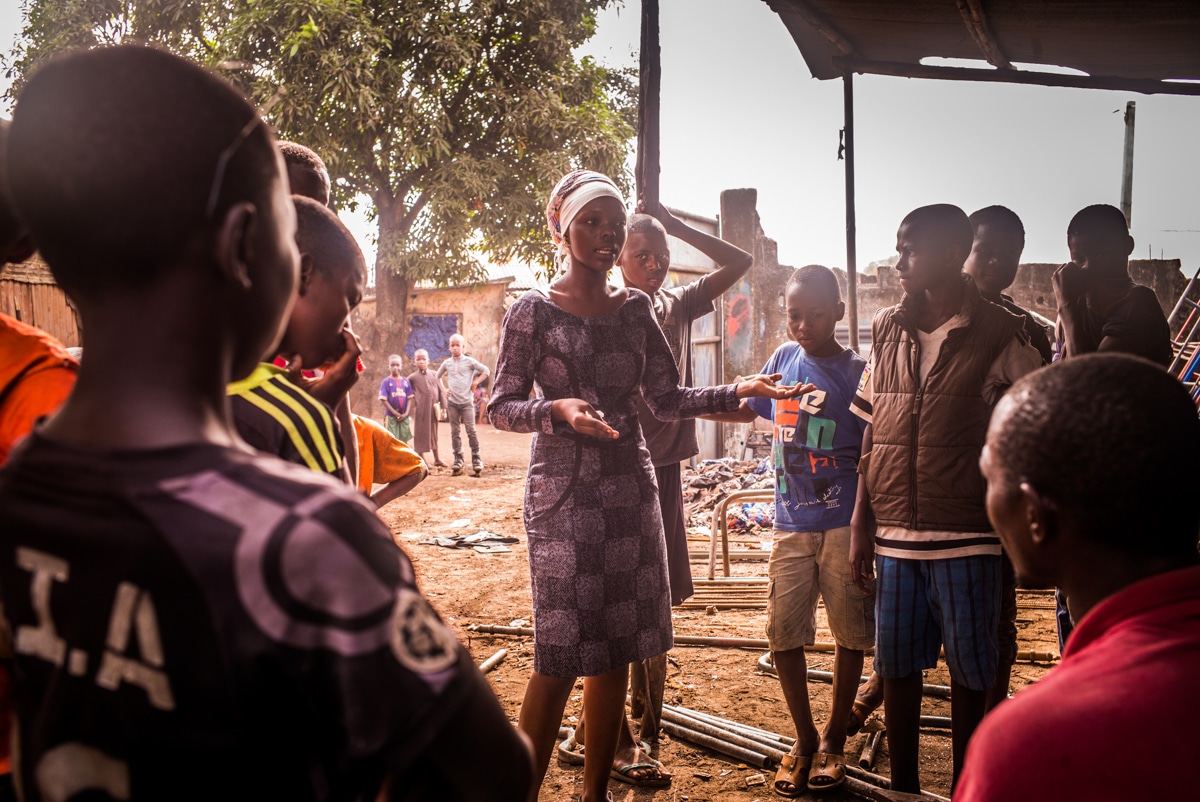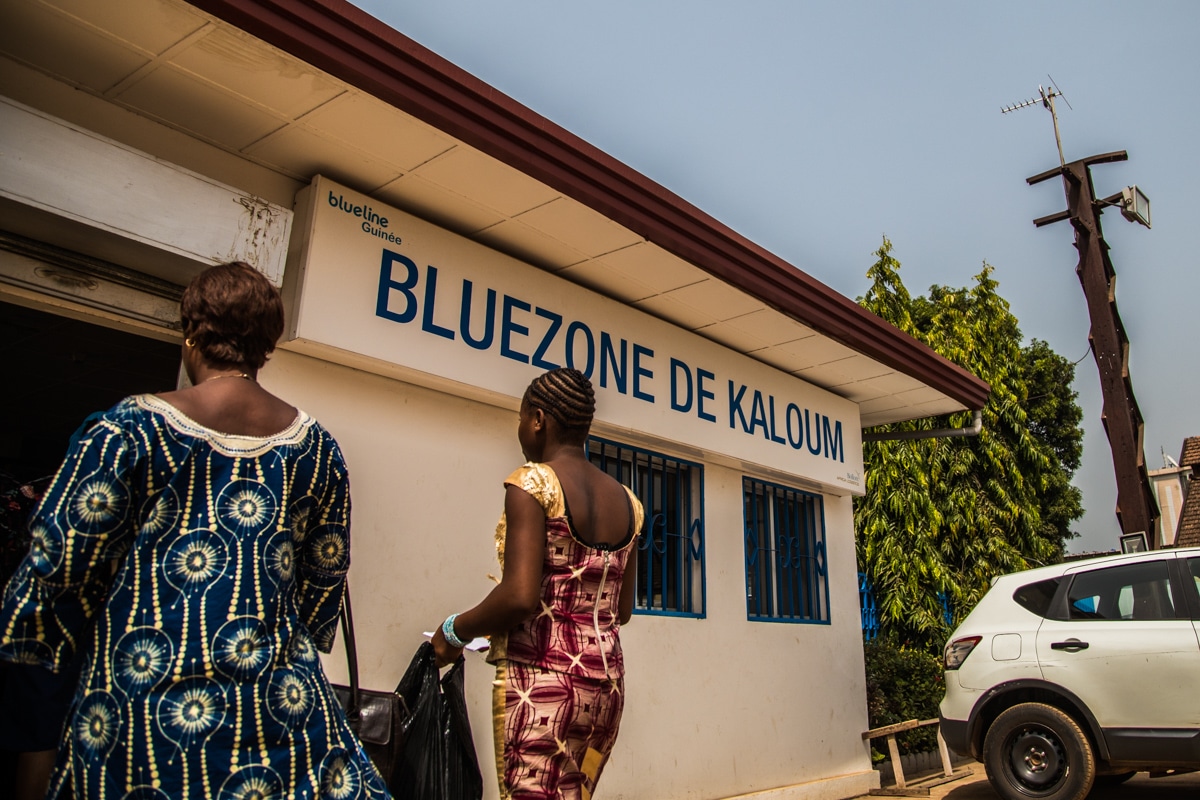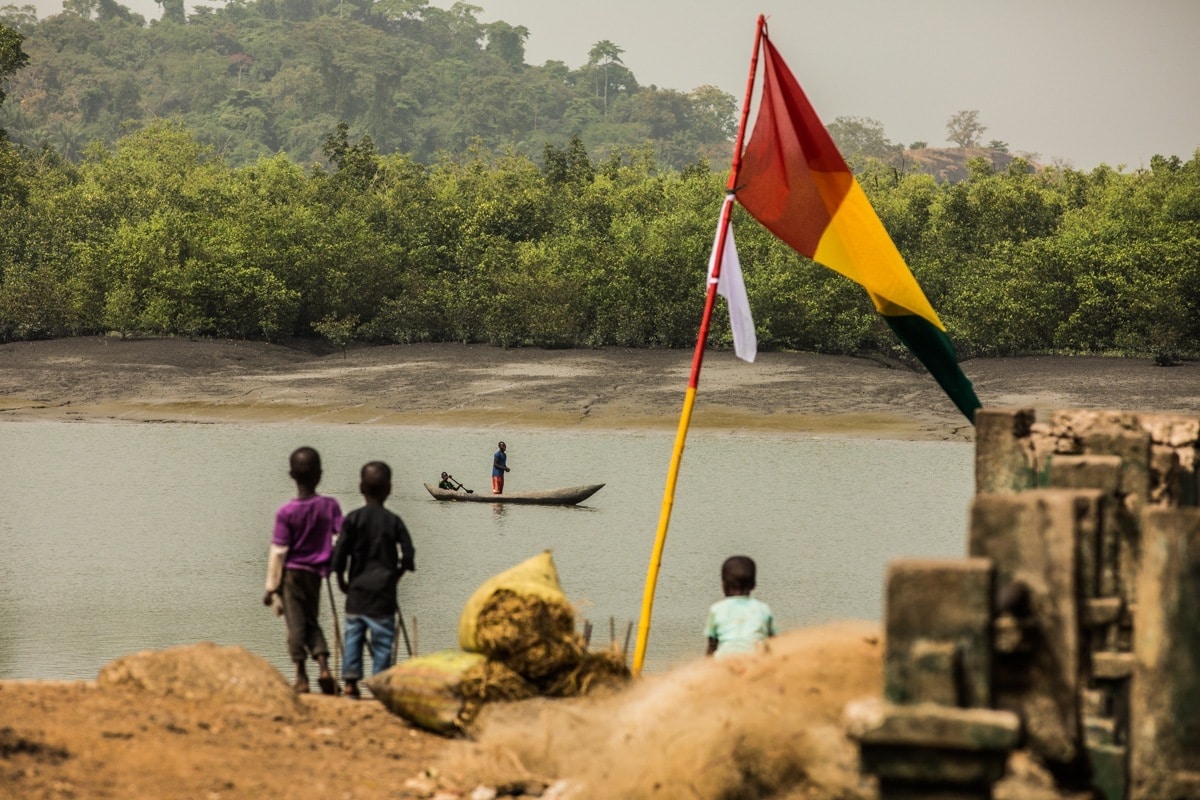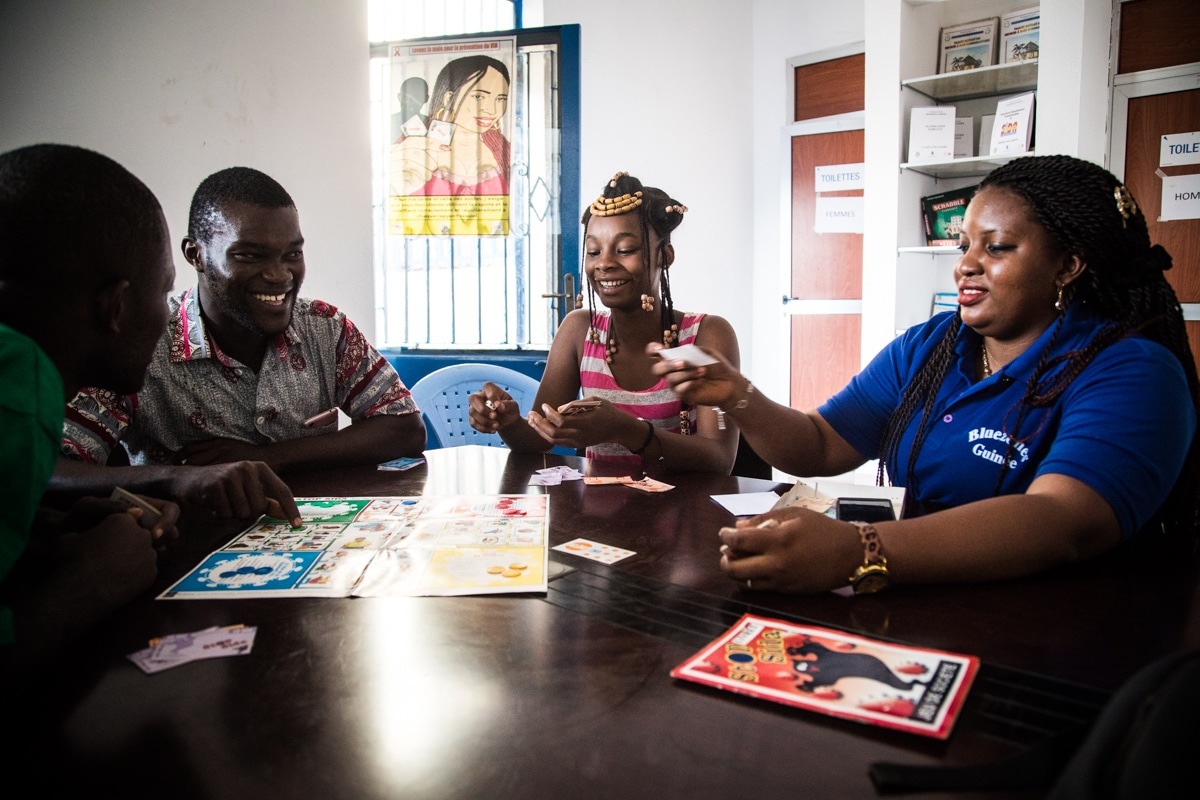
Burkina
burkina
faso

burkina faso,
AN OVERVIEW
Burkina Faso has 20.9 million inhabitants, nearly half of whom are under 15 (44.4%). Its economy is mainly based on agriculture, which employs nearly 80% of the working population, although gold exports have grown in importance in recent years.
Despite the progress made over the past two decades, Burkina Faso is facing many development challenges, particularly in terms of health (the mortality rate of children under 5 per 1000 live births is 76.4) and education. (the enrollment rate of children of secondary school age is 32% for girls and 30% for boys between 2009 and 2019).
The country is ranked 144th out of 157 countries (new human capital index established by the World Bank) and 40.1% of the population lives below the national poverty line.
Moreover, insecurity linked to frequent terrorist attacks since 2016 has created an unprecedented humanitarian crisis.
burkina faso in figures
- Total Population* : 20.9 M
- Very young population* :
- 33,2% aged between 10 and 24
- 44,4% aged under 15
- Population growth rate* :
- 2,9% per year in Burkina Faso
- 1,1% per year in global terms
-
Fertility rate of women aged 15-49 (2015-2020)* : 5 children per woman
-
Contraceptive prevalence rate of women aged 15 to 49 (2018)* :
- 29% all methods
- 28% modern methods
- Maternal mortality ratio (2017)** : 320 deaths per 100,000 live births
- Rate of early marriage* : 52% of adolescents aged 15 to 19 married
- Adolescent birth rate per 1,000 girls aged 15-19 (2003-2018) : 132
- Unmet family planning needs* : 20% of women aged 15 to 49

Burkina Faso
THE FRENCH MUSKOKA FUND IN
burkina faso
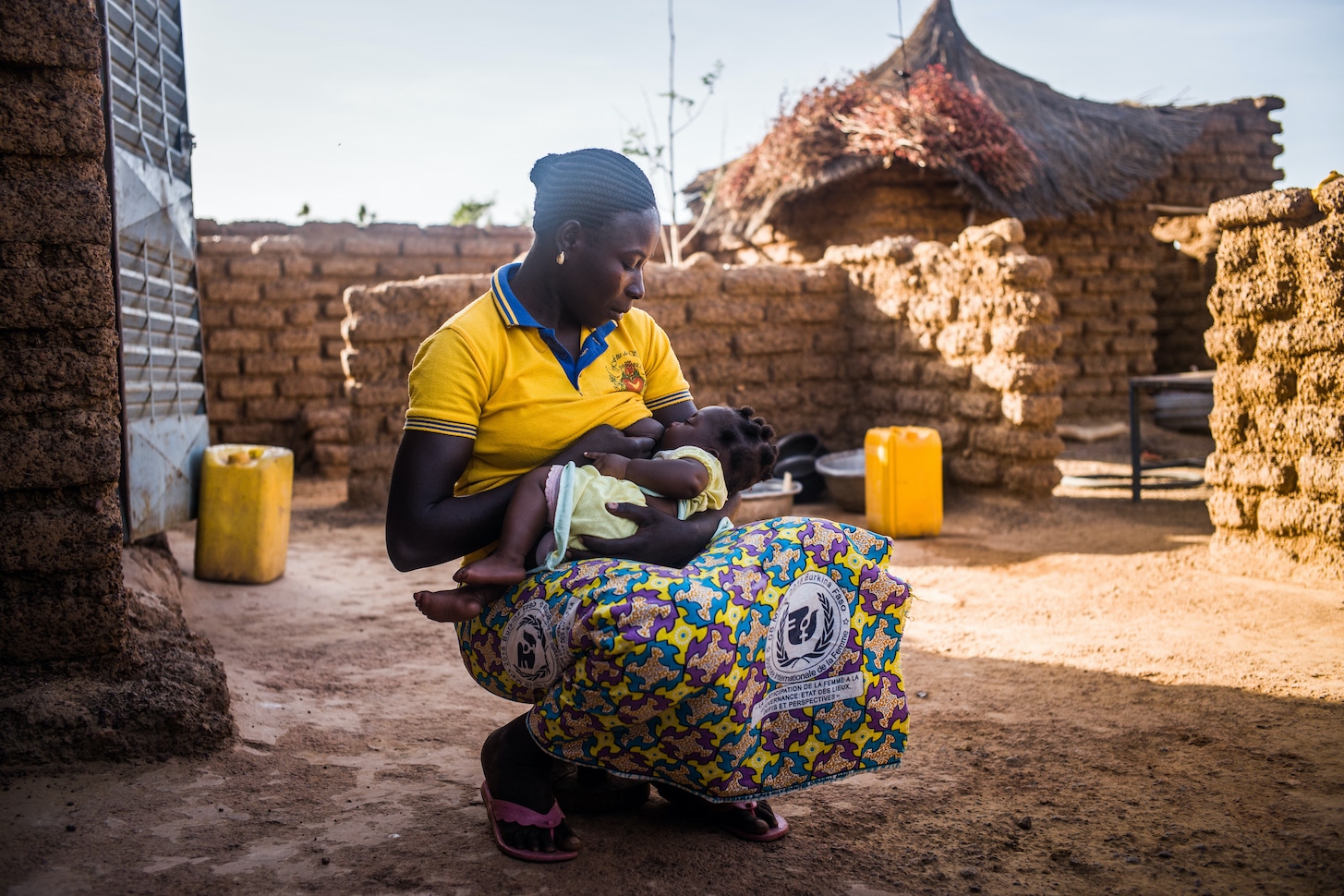
©UNICEF

©Hadrien Bonnaud/UNICEF
By decision endorsed by the Steering Committee of the French Muskoka Fund in March 2020, chaired by the French Ministry of Europe and Foreign Affairs, Burkina Faso was officially introduced into the Muskoka mechanism aimed at improving the maternal, newborn, child, adolescent and youth health in the Center, Center-Est, Hauts Bassins and Center-Nord regions.
The inclusion of Burkina Faso in the Muskoka mechanism has two main frameworks:
– a governance framework defining the coordination mechanism (role, function, accountability of each organ)
– a programmatic framework determining the activities and deliverables expected from 2021.
The national coordinating committee (bringing together all expert advisers in Reproductive, Maternal, Newborn, Child, Adolescent and Nutrition Health (SRMNIA-Nut) from United Nations agencies and relevant ministries as well as the global health advisor from the French Embassy) has the mandate to define the work plan on the basis of the country’s priorities in connection with the programmatic orientations defined by the regional technical committee, to ensure its operational implementation, to carry out monitoring and monitoring of activities that will be reported annually to the regional level.
In 2020, the programmatic framework planned for Burkina Faso mainly focuses on technical support structured around the analysis of national needs and bottlenecks, and the identification of programmatic needs with the existing coordination bodies.
This analysis will allow the identification of programmatic priorities and high impact interventions to be carried out from 2021 by the French Muskoka Fund.

